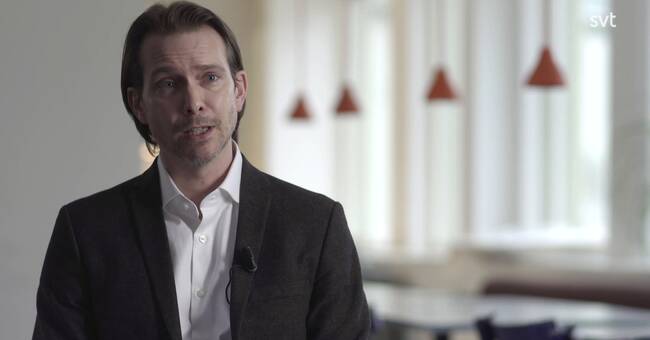How students and schools are affected by distance education is something that the Swedish Schools Inspectorate has investigated in several studies.
The documentation that the inspectorate has is from the distance education at the upper secondary schools.
The study of how high school students experienced it is not complete.
But in general when it comes to younger groups of students, the social aspect is important, says the Swedish Schools Inspectorate's Lars Thornberg.
- The break and lunch is a time for recovery.
It becomes difficult when it is up to the students.
There has been a focus on making the teaching work, which is not strange.
But it is important to think about the whole school day, he says.
Thornberg mentions initiatives such as digital walks or digital classrooms that are also open during the break.
Digital walks
Over time, it can also become more difficult with motivation, studies of the situation in high school show.
- We can see that the schools where you are more active and make contact with the students, where the students tell us that it works better.
They are more easily captured.
Schools where it is said that students themselves should get in touch when needed do not work as well, says Lars Thornberg.
For teachers, it becomes more difficult to control how much of the teaching reaches all the way.
- Teachers express that it is difficult to know if the students are present when they do not have the cameras on.
You can see that they check in, but it is more difficult to see if there will be any learning, says Thornberg.
In SVT's Agenda, he says that there is a risk that some students become more sedentary and change the circadian rhythm if they have distance learning.
- There is a great risk of mental illness for quite a few students.
It will be a different learning environment that the students do not think works as well, he says.
Challenge for both school and student
In the report, several principals point out that certain groups of students are more exposed to distance education.
Mainly students who do not yet master the Swedish language and students with special support or extra adaptations.
But also groups that have not had difficulties before.
- It can be about students who have previously performed well and been independent but who now can not cope with the new way of working.
They lack the structure they previously had in school, says Thornberg.
- It can also be about students who have a difficult home situation and who the school does not know about.
These are extra vulnerable to distance education and often do better if they receive education in school.

